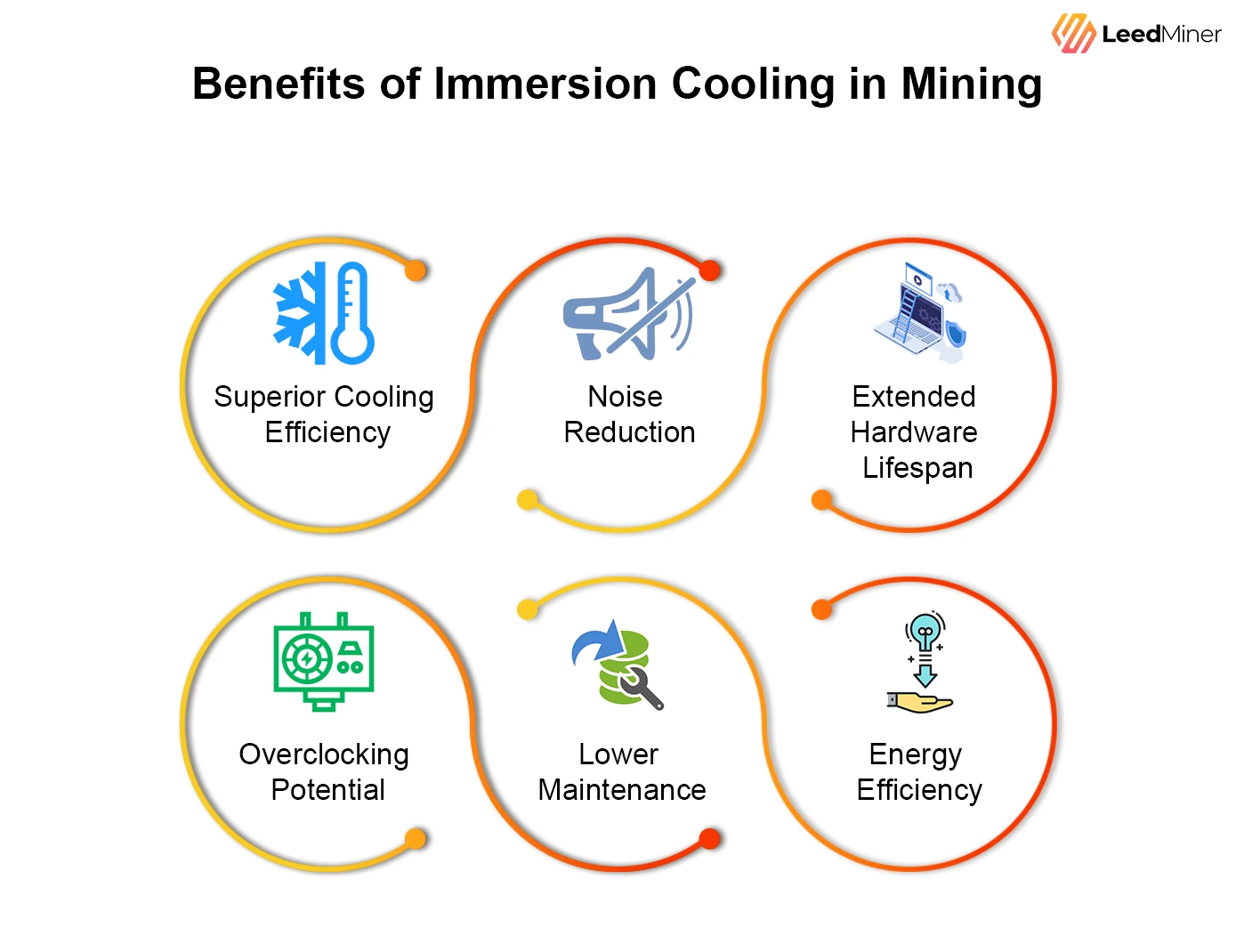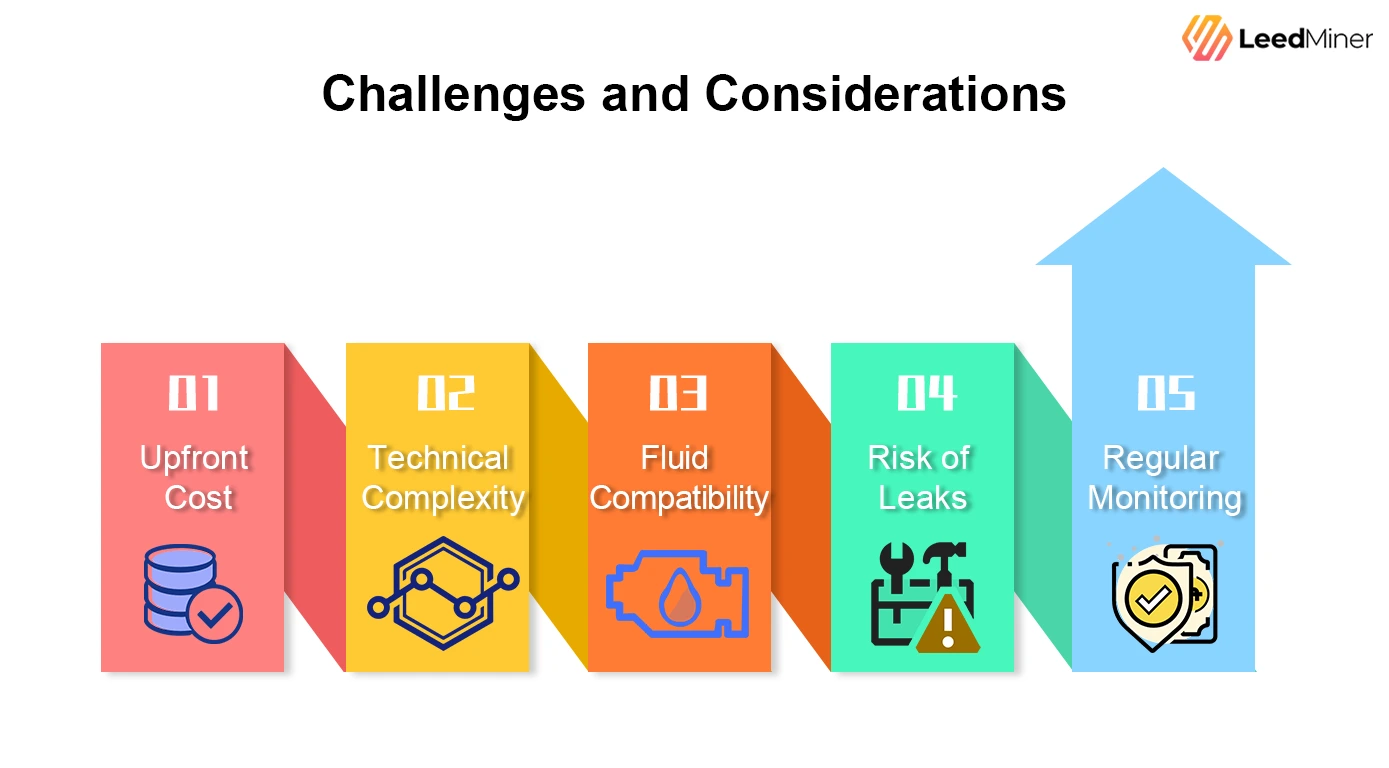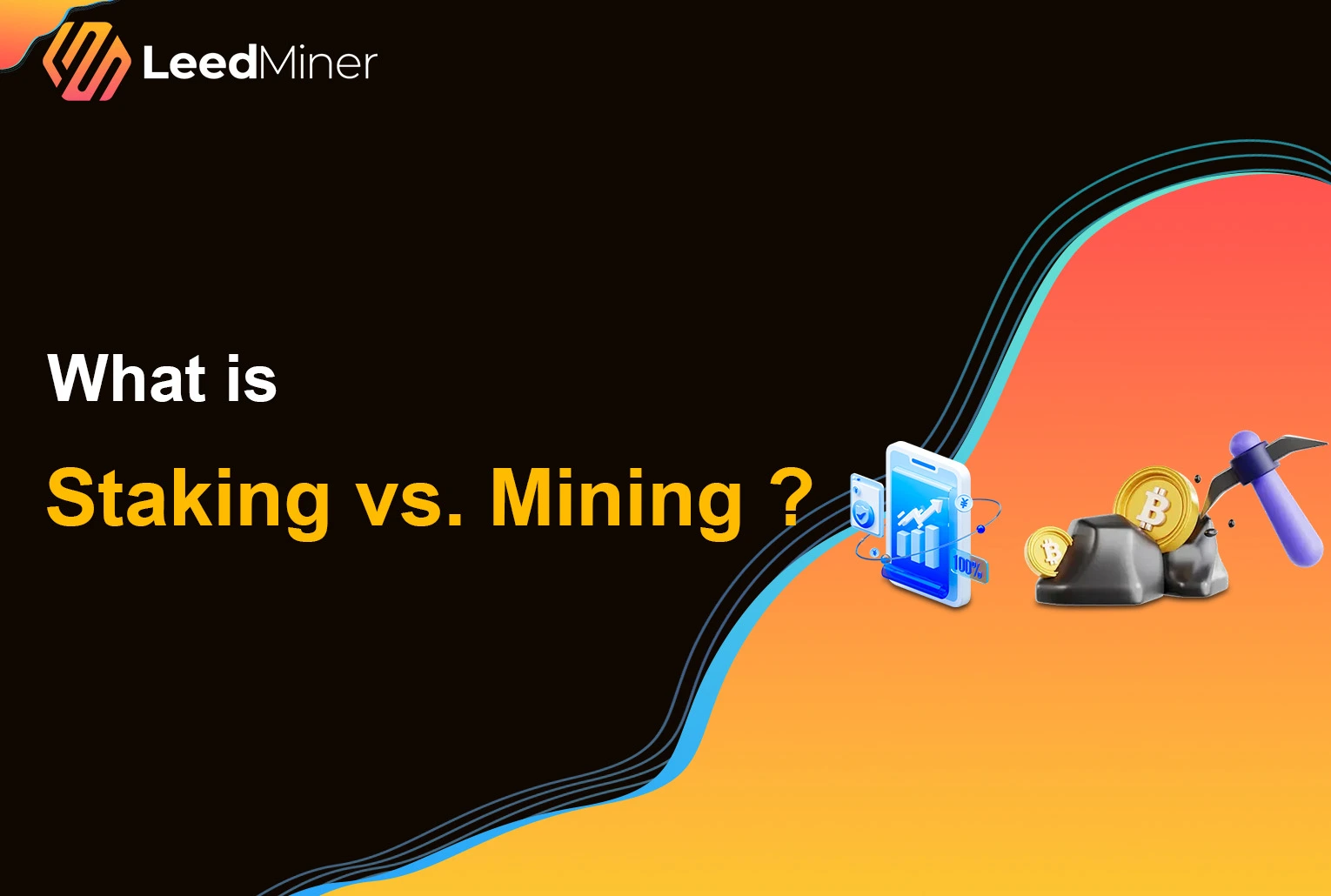What is Liquid Immersion Cooling in Mining ?
Mining101
- tagwu

SUMMARY
As cryptocurrency mining becomes more competitive, miners are constantly looking for ways to improve efficiency, boost performance, and reduce costs. One of the most advanced techniques gaining momentum in recent years is liquid immersion cooling. But what exactly is it, and why are more mining farms turning to this solution?
The Heat Problem in Mining
Cryptocurrency mining, especially with high-performance ASIC machines, generates enormous heat. As hash rates climb and densities increase, traditional air cooling—fans and ventilation—is often no longer enough. Overheating can throttle performance, shorten hardware lifespan, and increase energy waste. That’s where immersion cooling steps in.
What Is Liquid Immersion Cooling
Liquid immersion cooling is a technique where mining machines are fully submerged in a non-conductive liquid (called dielectric fluid) that absorbs and transfers heat away from the components.
There are two main types:
- Single-phase immersion cooling: The fluid absorbs heat and is circulated through a heat exchanger or radiator.
- Two-phase immersion cooling: The fluid boils into vapor upon absorbing heat and condenses back into liquid in a closed loop, releasing heat in the process.
Unlike water (which would short-circuit electronics), dielectric liquids are safe and electrically non-conductive. Common fluids include mineral oils, engineered coolants like 3M Novec™, and other proprietary blends such as BitCool.
How Does Immersion Cooling Work
Here’s how the process works:
- Mining devices are placed inside a sealed tank filled with dielectric fluid.
- As the miners operate, the fluid absorbs heat directly from chips, boards, and power supplies.
- The heated fluid is pumped to an external heat exchanger or radiator.
- The cooled fluid is then returned to the tank, and the cycle repeats.
Some setups also capture the extracted heat for reuse in heating buildings or water, improving sustainability.
Benefits of Immersion Cooling in Mining

Superior Cooling Efficiency
Fluids are significantly better at conducting heat than air. This results in more stable operating temperatures and prevents thermal throttling.
Noise Reduction
No more jet-engine fans—immersion systems are virtually silent, making them ideal for both industrial and urban environments.
Extended Hardware Lifespan
Lower temperatures and reduced exposure to dust and oxidation can prolong miner longevity.
Overclocking Potential
Because the hardware runs cooler, safe overclocking becomes possible, boosting hashrates without overheating.
Lower Maintenance
No fan failures, no dust buildup, no need for frequent cleaning.
Energy Efficiency
By removing the need for massive HVAC systems, immersion cooling helps reduce total power consumption per TH/s.
Challenges and Considerations

Despite its advantages, immersion cooling isn’t for everyone:
- Upfront Cost: Tanks, pumps, radiators, and fluids require significant investment.
- Technical Complexity: Proper setup and monitoring need experience and care.
- Fluid Compatibility: Some materials (plastics, seals) may degrade in certain fluids.
- Risk of Leaks: While rare, leaks can be costly and hard to fix.
- Regular Monitoring: Fluid quality and coolant levels must be maintained.
Use Cases in the Mining Industry
Liquid immersion cooling is primarily used in:
- Large-scale mining farms: Seeking maximum density and thermal efficiency
- Hot or dusty environments: Where air cooling is inefficient or unfeasible
- High-performance miners: Such as Bitmain’s Antminer S19 Hydro, Whatsminer M63, and custom water/immersion-ready rigs
- DIY enthusiasts: Some home miners experiment with modified Antminers submerged in mineral oil setups
Immersion Cooling vs. Traditional Methods
| Feature | Air Cooling | Water Cooling | Immersion Cooling |
|---|---|---|---|
| Thermal Efficiency | Low | Medium | High |
| Noise Level | High | Medium | Low |
| Complexity | Low | Medium | High |
| Initial Cost | Low | Medium | High |
| Maintenance | Medium-High | Medium | Low-Medium |
| Overclock Potential | Low | Medium | High |
Future Outlook
Immersion cooling is becoming increasingly viable thanks to:
- Improved tank and fluid technologies
- More miners being sold with immersion-friendly designs
- Rising electricity and cooling costs, especially in hotter regions
- Interest in green mining—immersion cooling makes waste heat recovery possible
- Mining decentralization—even some home setups are experimenting with immersion solutions
As competition intensifies, mining farms that adopt immersion cooling gain a serious edge in performance, noise reduction, and energy optimization.
Conclusion
Liquid immersion cooling is no longer just a niche experiment—it’s rapidly becoming a core cooling strategy for modern crypto mining. Whether you’re running a large farm or designing a high-performance cluster, immersion offers:
- Cooler chips
- Quieter environments
- Longer hardware life
- Better profits
It’s a significant upfront investment, but the long-term gains in efficiency, performance, and reliability are making it a game-changer for serious miners.
As mining enters a new era, those who master thermal innovation will lead the hash war—and immersion cooling might just be their secret weapon.
FAQs – What is Liquid Immersion Cooling in Mining
Q1: What is immersion cooling in crypto mining?
It involves submerging miners in dielectric fluid to cool them silently and efficiently.
Q2: What are the main benefits over air cooling?
Better heat dissipation, no fan noise, higher overclocking potential, and less maintenance.
Q3: Is immersion cooling suitable for small-scale miners?
It’s possible but costly—mostly recommended for farms or serious mining setups.






